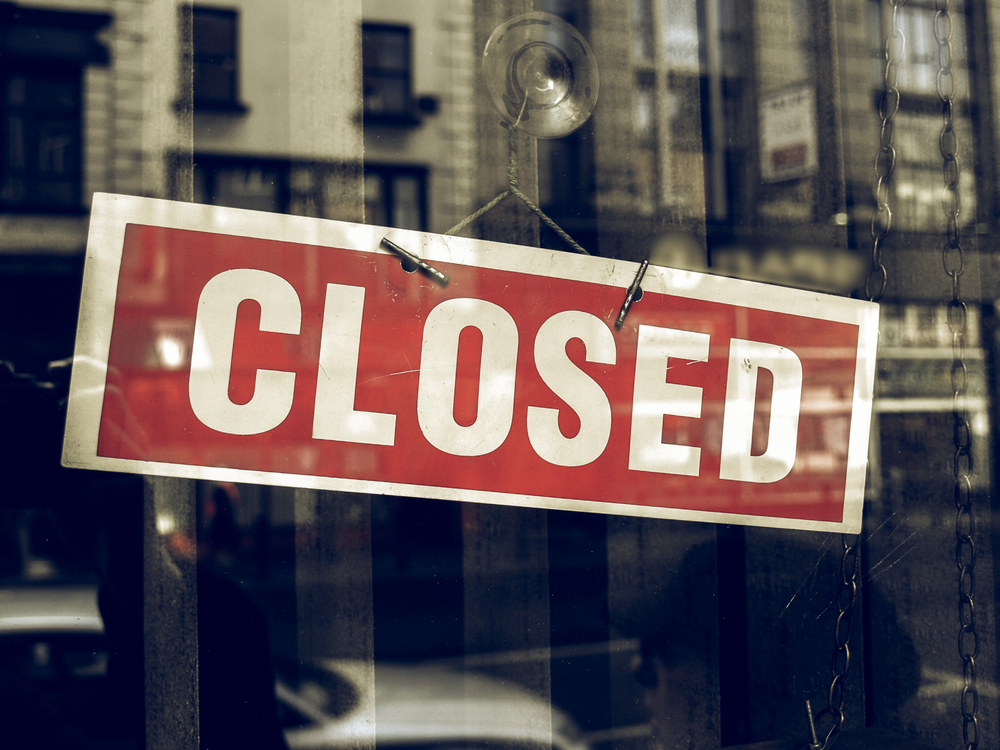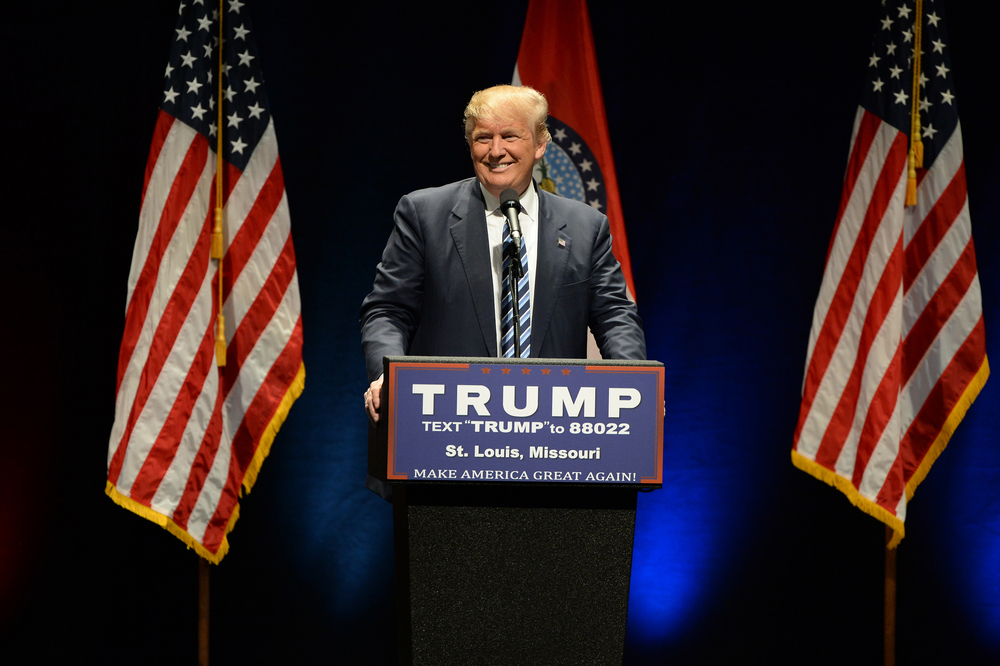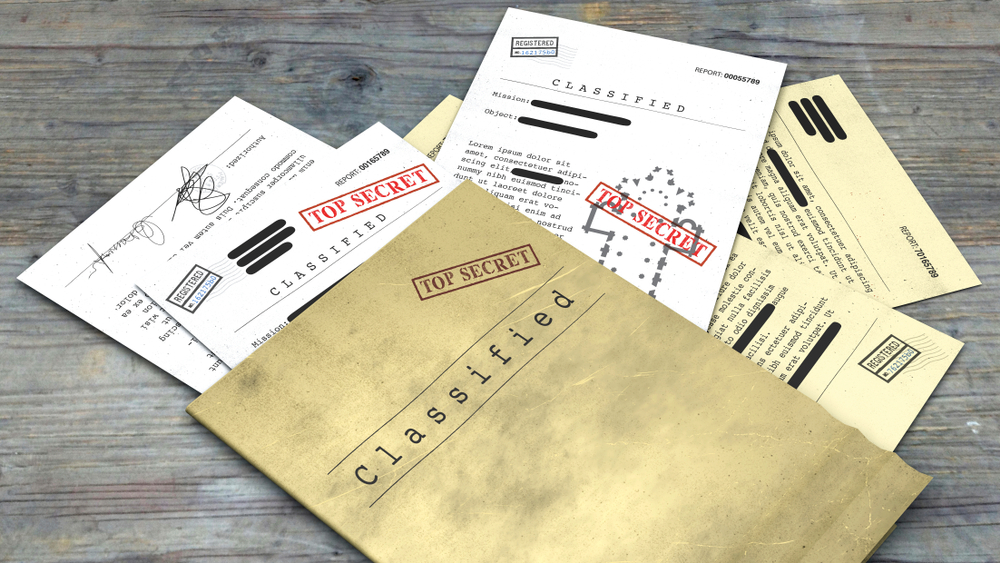
Retail Chain Announces Closure, Citing Inflation
A popular discount retail chain announced its closure this week, citing inflation as one of the prime causes. The closure of the 99 Cents Only stores also comes amid increasing prices at other discount retail chains across the country.
The 99 Cents Only chain had previously marketed itself as “America’s Inflation Fighter.” The store’s closure comes after 42 years in business offering the promise of the “lowest price guaranteed.”
The store announced that it would be closing its 371 locations and that the company would go through an “orderly wind-down of its business operations.”
The stores will be selling their remaining stock and the locations themselves will be sold in Arizona, California, Nevada and Texas.
“This was an extremely difficult decision and is not the outcome we expected or hoped to achieve,” said 99 Cents Only CEO Mike Simoncic.
99 Cents Only Store is closing all 371 locations and laying off all 14,000 employees citing inflation and shoplifting. Is this BIDENOMICS?! pic.twitter.com/20CLoXI5Un
— Libs of TikTok (@libsoftiktok) April 5, 2024
Simoncic also said that the “last several years have presented significant and lasting challenges in the retail environment, including the unprecedented impact of the COVID-19 pandemic, shifting consumer demand, rising levels of shrink, persistent inflationary pressures and other macroeconomic headwinds, all of which have greatly hindered the Company’s ability to operate.”
“We deeply appreciate the dedicated employees, customers, partners and communities who have collectively supported 99 Cents Only Stores for decades,” he said.
‘Shrink’ often refers to shoplifting.
The closure of the chain came after a number of price increases, including at stores such as Family Dollar and Dollar General. Another discount store, Dollar Tree, announced that it would change the price of most of its items from $1 to $1.25 in 2021. Earlier this year the chain announced that some items in its stores would sell for as much as $7.
The retail chain’s closure also comes as American consumers and investors remain concerned about the possibility of renewed inflation. Gas prices have crept back up lately and Wall Street had several trading losses as yields increased.
Should there be another outbreak of higher inflation, the Federal Reserve may further increase interest rates. This increases the amount the federal government pays on the large $34 trillion national debt. It also makes borrowing more difficult for American consumers, increasing the chance of a recession.







